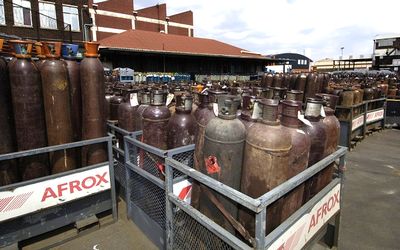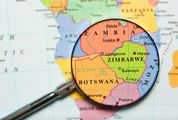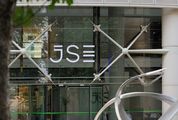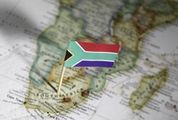AFROX says that the positive effects of its turnaround strategy are now evident, as operating profit increased 22.7% to just more than R1bn, despite "significant headwinds" in the South African economy.
While revenue was down 6% at R5.5bn, headline earnings per share were up 284%, to 139.2c, from 36.2c in 2014, despite an additional restructuring charge of R79m in the year. Revenue fell, mainly on lower liquefied petroleum gas (LPG) prices.
But the company has had to retrench hundreds of people — with others taking early retirement — reducing personnel costs more than 14%, as a new operating model was implemented to reflect poor business conditions.
"We’ve made a step-change in profitability," MD Schalk Venter said yesterday. "We are setting sails to take advantage of the prevailing winds."
These include responding to a consumer-led economy, as mining, steel, and manufacturing customers struggle in poor market conditions.
It also means the company is eyeing other sources of income, not least in automotive, healthcare, paper, chemicals, and food and beverages markets. Capital expenditure of R377m had been reduced from R527m in 2014, aligning capital requirements with prevailing economic conditions, the group said.
The decision to invest in a production campus in Durban was re-evaluated, resulting in capex savings of R205m.
Along with lower levels of capex, focused working capital management, optimisation of fixed assets, and management of margins resulted in Afrox remaining strongly cash-generative, Mr Venter said.
This was helped by profits from the rest of Africa, although revenue from the continent fell 5.5% due to the company’s exit from the production of gases in Angola — although not from that country’s gas markets.
Revenues in the rest of Africa also fell from a drop in LPG pricing linked to devaluation of the Zambian currency. Despite this, sales and volumes had performed relatively well, with growth in most countries, Afrox said. LPG volumes were up 4% in SA, mainly due to the increased cost of electricity and unreliability of electricity supply from Eskom. This had increased LPG usage in homes and industries.

Picture: FINANCIAL MAIL
AFROX says that the positive effects of its turnaround strategy are now evident, as operating profit increased 22.7% to just more than R1bn, despite "significant headwinds" in the South African economy.
While revenue was down 6% at R5.5bn, headline earnings per share were up 284%, to 139.2c, from 36.2c in 2014, despite an additional restructuring charge of R79m in the year. Revenue fell, mainly on lower liquefied petroleum gas (LPG) prices.
But the company has had to retrench hundreds of people — with others taking early retirement — reducing personnel costs more than 14%, as a new operating model was implemented to reflect poor business conditions.
"We’ve made a step-change in profitability," MD Schalk Venter said yesterday. "We are setting sails to take advantage of the prevailing winds."
These include responding to a consumer-led economy, as mining, steel, and manufacturing customers struggle in poor market conditions.
It also means the company is eyeing other sources of income, not least in automotive, healthcare, paper, chemicals, and food and beverages markets. Capital expenditure of R377m had been reduced from R527m in 2014, aligning capital requirements with prevailing economic conditions, the group said.
The decision to invest in a production campus in Durban was re-evaluated, resulting in capex savings of R205m.
Along with lower levels of capex, focused working capital management, optimisation of fixed assets, and management of margins resulted in Afrox remaining strongly cash-generative, Mr Venter said.
This was helped by profits from the rest of Africa, although revenue from the continent fell 5.5% due to the company’s exit from the production of gases in Angola — although not from that country’s gas markets.
Revenues in the rest of Africa also fell from a drop in LPG pricing linked to devaluation of the Zambian currency. Despite this, sales and volumes had performed relatively well, with growth in most countries, Afrox said. LPG volumes were up 4% in SA, mainly due to the increased cost of electricity and unreliability of electricity supply from Eskom. This had increased LPG usage in homes and industries.





















Change: 1.61%
Change: 1.50%
Change: 1.82%
Change: 0.74%
Change: 4.50%
Data supplied by Profile Data
Change: -0.27%
Change: 0.26%
Change: 1.61%
Change: 0.00%
Change: 0.35%
Data supplied by Profile Data
Change: -0.33%
Change: -0.30%
Change: -0.40%
Change: 0.07%
Change: -0.23%
Data supplied by Profile Data
Change: 1.58%
Change: 1.07%
Change: 1.14%
Change: 3.88%
Change: -0.03%
Data supplied by Profile Data